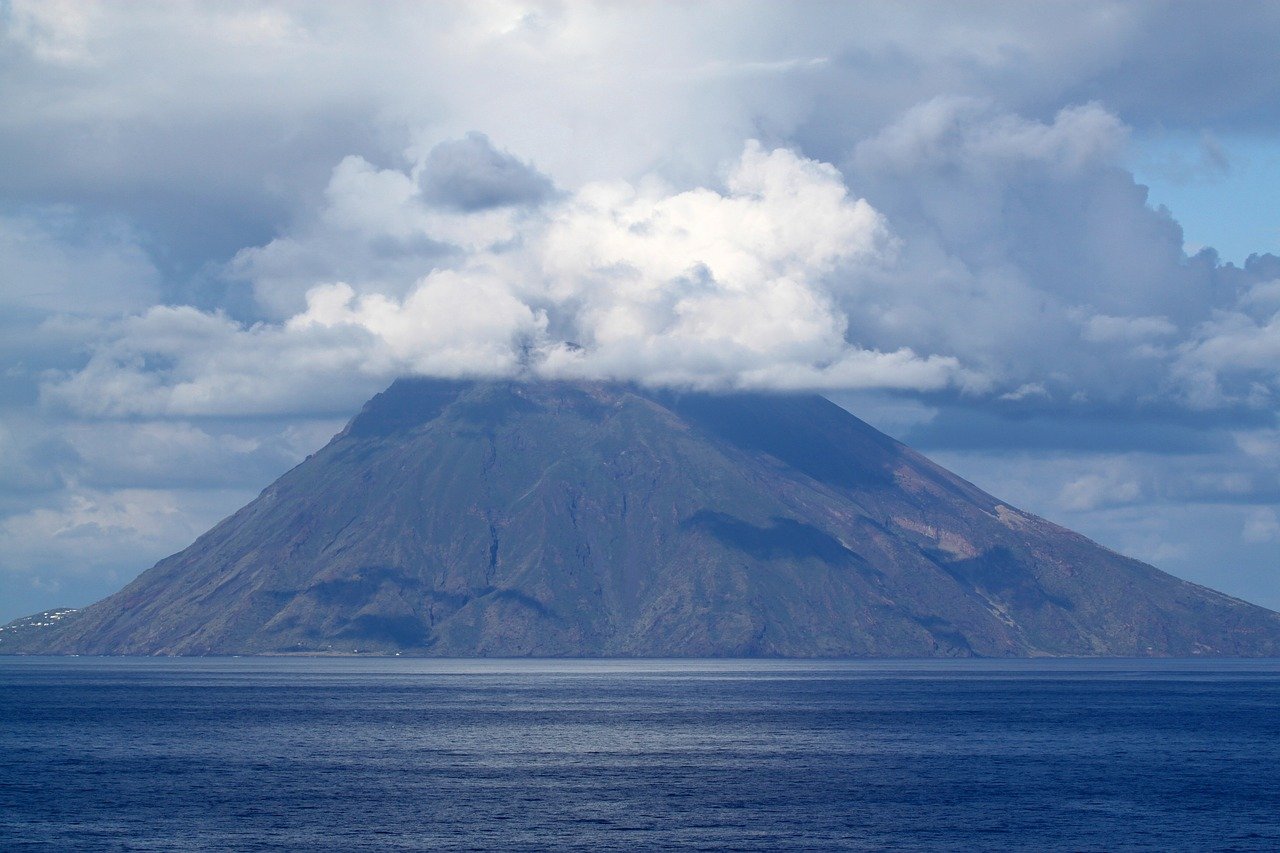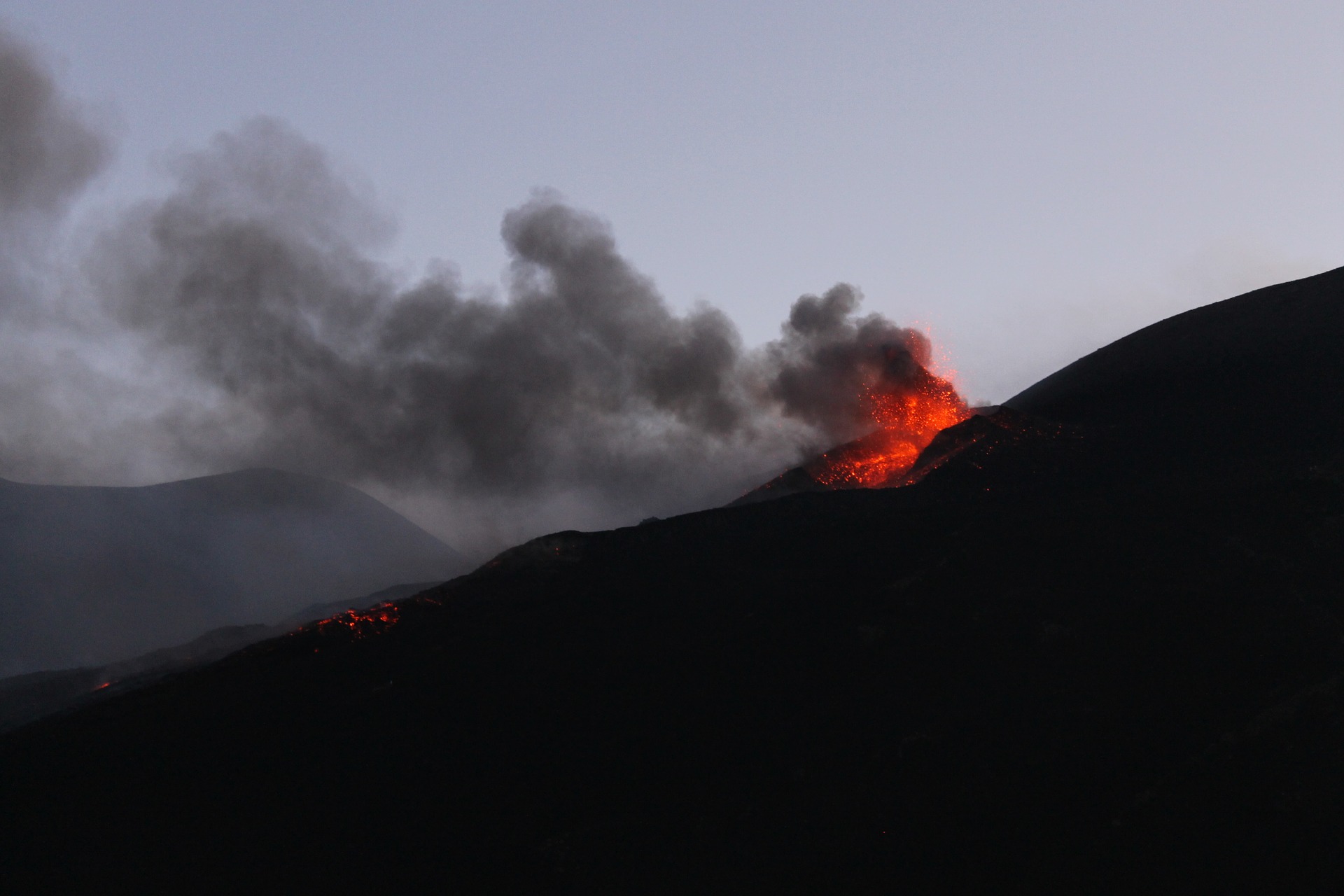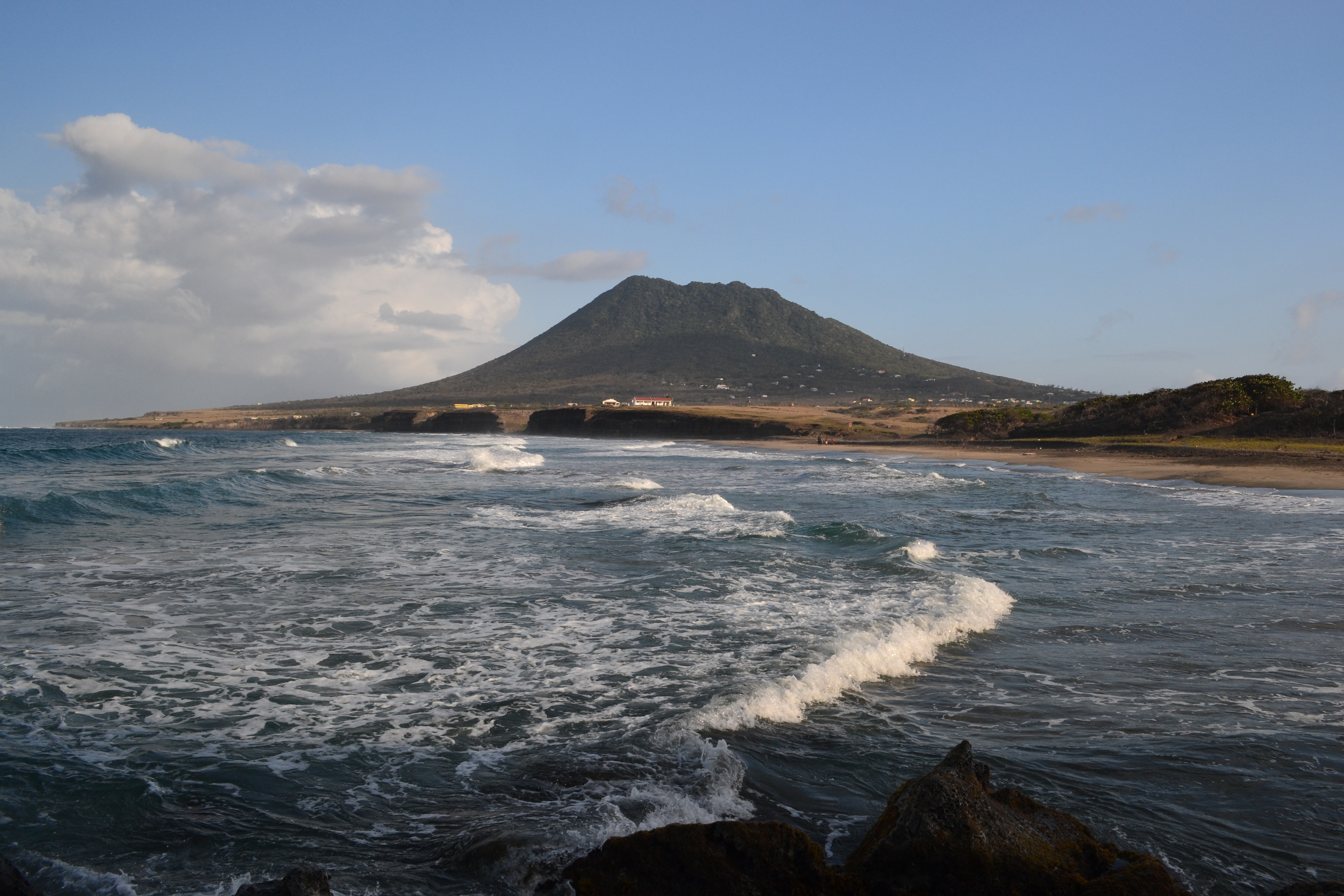The Volcano Alert Level (VAL) system, standardized by the United States Geological Survey (USGS) in 2006, is meant to save lives and keep citizens living in the shadow of an active volcano informed of their current level of risk. A new study published in Risk Analysis suggests that, when an alert remains elevated at any level above “normal” due to a period of volcanic unrest, it can cause a decline in the region’s housing prices and other economic indicators. Because of this, the authors argue that federal policymakers may need to account for the effects of prolonged volcanic unrest — not just destructive eruptions — in the provision of disaster relief funding.
Tag: Volcano Sciences

Using a volcano’s eruption ‘memory’ to forecast dangerous follow-on explosions
Stromboli, the ‘lighthouse of the Mediterranean’, is known for its low-energy but persistent explosive eruptions, behaviour that is known scientifically as Strombolian activity. Occasionally, however, more intense and sudden explosions occur, most recently in July and August last year (2019). These are known as ‘Strombolian paroxysms’. During such events several of Stromboli’s craters are active simultaneously and much greater volumes of pyroclastic materials are erupted than is usual for the volcano.

Bristol scientists shine light on tiny crystals behind unexpected violent eruptions
In a new study of volcanic processes, Bristol scientists have demonstrated the role nanolites play in the creation of violent eruptions at otherwise ‘calm’ and predictable volcanoes. The study, published in Science Advances, describes how nano-sized crystals (nanolites), 10,000 times smaller than the width of a human hair, can have a significant impact of the viscosity of erupting magma, resulting in previously unexplained and explosive eruptions.

EMBARGOED: New research reveals how water in the deep Earth triggers earthquakes and tsunamis
In a new study, published in the journal Nature, an international team of scientists provide the first conclusive evidence directly linking deep Earth’s water cycle and its expressions with magmatic productivity and earthquake activity.